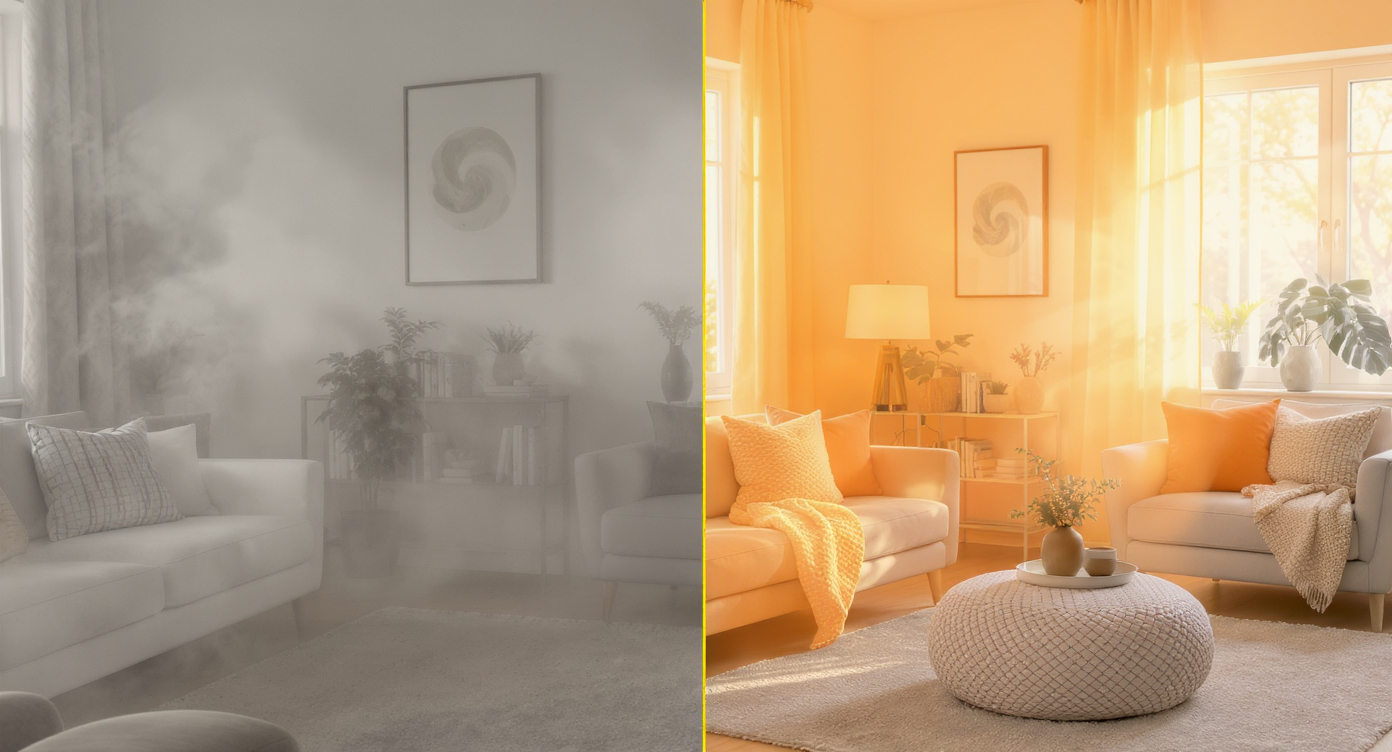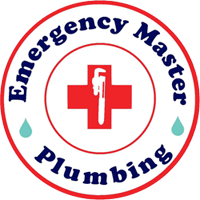

Living in Arizona means dealing with constant dust from the desert environment, which can severely impact indoor air quality and affect your family’s health. This comprehensive guide explores effective solutions to combat dust-related air quality issues in Arizona homes, providing practical, problem-solving advice to create a cleaner, healthier living space.
Understanding Arizona’s Dust Problem
Arizona’s arid climate and frequent dust storms create unique challenges for maintaining good indoor air quality. Dust particles from the Sonoran Desert can infiltrate homes through windows, doors, and HVAC systems, leading to respiratory issues, allergies, and even long-term health concerns like asthma exacerbation.
Homeowners in cities like Phoenix and Tucson often notice a fine layer of dust accumulating on surfaces within hours of cleaning. This isn’t just an aesthetic issue; airborne dust can carry allergens, pollutants, and microorganisms that compromise your well-being. According to environmental health experts, prolonged exposure to poor indoor air quality contributes to fatigue, headaches, and reduced productivity. The key to addressing this starts with recognizing how dust enters and circulates in your home.
Common entry points include unsealed windows, gaps around doors, and inefficient ventilation systems. During monsoon season, haboobs—massive dust storms—can overwhelm even well-maintained homes. By understanding these factors, you can take targeted steps to mitigate them and improve your indoor environment.
Assessing Your Home’s Air Quality
Before implementing solutions, evaluate your current indoor air quality to identify specific problems. Start with a simple visual inspection: check for dust buildup on vents, furniture, and electronics. Noticeable symptoms like frequent sneezing, itchy eyes, or persistent coughing among family members often indicate dust-related issues.
Use affordable tools like air quality monitors to measure particulate matter (PM2.5) levels. These devices, available at most home improvement stores, provide real-time data on dust concentration. For a more thorough assessment, consider professional air quality testing, which can detect hidden pollutants like volatile organic compounds (VOCs) from household products.
In dusty Arizona, factors like high temperatures and low humidity exacerbate dust problems by drying out mucous membranes and making particles more airborne. Track your home’s humidity levels with a hygrometer; ideal indoor humidity should be between 30-50% to minimize dust suspension. If levels are consistently low, this could be contributing to your air quality woes. By pinpointing these issues, you’ll be better equipped to choose the right solutions.
Essential Dust Control Strategies
Implementing basic dust control measures can significantly improve indoor air quality without major renovations. Regular cleaning is foundational: vacuum with a HEPA-filtered machine at least twice a week, focusing on high-traffic areas and upholstery. Use microfiber cloths for dusting to trap particles rather than dispersing them.
Seal entry points by installing weatherstripping on doors and windows, and caulk any cracks in walls or foundations. This prevents desert dust from seeping in during windy days. Additionally, place doormats at all entrances and enforce a no-shoes policy indoors to reduce tracked-in debris.
For immediate relief, incorporate air-purifying plants like snake plants or peace lilies, which naturally filter dust and toxins. These low-maintenance options thrive in Arizona’s dry climate and add a touch of greenery to your space. Combining these strategies creates a multi-layered defense against dust, making your home more comfortable and healthier.
Advanced HVAC Solutions
Your home’s heating, ventilation, and air conditioning (HVAC) system plays a crucial role in managing indoor air quality, especially in dusty environments. Upgrading to high-efficiency filters, such as MERV 13 or higher, can capture finer dust particles that standard filters miss. Replace these filters every 1-3 months, depending on dust levels, to maintain optimal performance.
Consider installing a whole-home air purifier integrated with your HVAC system. These units use technologies like UV light or electrostatic precipitation to neutralize dust, allergens, and pathogens. In Arizona, where air conditioners run frequently, ensuring your system is well-maintained prevents dust accumulation in ducts, which can redistribute particles throughout the house.
Professional duct cleaning every 3-5 years removes built-up dust and debris, improving airflow and efficiency. If your system is outdated, upgrading to a modern, energy-efficient model with smart features can automate air quality management, such as adjusting filtration based on detected particulate levels. These upgrades not only solve dust problems but also reduce energy bills in Arizona’s hot climate.
Humidity Management Techniques
Arizona’s low humidity intensifies dust issues by allowing particles to remain airborne longer. Introducing controlled moisture can help settle dust and improve comfort. Use humidifiers strategically in bedrooms and living areas, aiming for that 30-50% range to avoid mold growth.
Evaporative coolers, popular in the Southwest, naturally add humidity while cooling, but they require regular maintenance to prevent dust buildup in pads. Pair this with dehumidifiers in naturally moist areas like bathrooms to balance overall levels.
For a comprehensive approach, install a whole-home humidification system connected to your HVAC. This ensures consistent humidity without over-saturating any single room. Monitoring and adjusting based on seasonal changes—drier in winter, more humid during monsoons—will optimize results. Proper humidity control not only reduces dust but also alleviates dry skin and respiratory irritation common in desert living.
Air Purification Technologies
Beyond basic filtration, advanced air purifiers offer targeted solutions for Arizona’s dust challenges. Standalone HEPA purifiers are effective for individual rooms, capturing 99.97% of particles as small as 0.3 microns. Look for models with activated carbon filters to also address odors and chemical pollutants.
Ionizers and ozone generators can be tempting, but use them cautiously; ozone can irritate lungs, so opt for low-emission models compliant with safety standards. UV-C light purifiers integrated into HVAC systems kill bacteria and viruses carried by dust, providing an extra layer of protection.
Smart purifiers with app connectivity allow remote monitoring and automatic operation based on air quality readings. In dusty areas like the Valley of the Sun, combining multiple technologies—such as a central system with portable units in high-use rooms—maximizes effectiveness. Regular maintenance, like filter replacements, ensures these devices continue performing optimally.
Natural and Eco-Friendly Approaches
For those preferring sustainable solutions, natural methods can effectively combat dust without chemicals. Essential oils like eucalyptus or tea tree in diffusers have antimicrobial properties that help purify air. Create DIY air fresheners with baking soda and essential oils to absorb odors and trap dust.
Ventilate your home during cooler evenings when dust levels are lower, using window screens to filter incoming air. Incorporate natural fiber rugs and curtains that are easier to clean and less likely to harbor dust mites compared to synthetics.
Composting indoor plants and using organic cleaning products reduce VOC emissions, contributing to overall air quality. These eco-friendly tactics align with Arizona’s growing emphasis on sustainable living, solving dust problems while minimizing environmental impact.
Preventive Maintenance Tips
Ongoing maintenance is key to sustaining good indoor air quality. Schedule annual HVAC inspections to catch issues early, such as clogged filters or leaky ducts. Clean vents and registers monthly to prevent dust recirculation.
Monitor for signs of water damage, as moisture can lead to mold, compounding air quality problems. In Arizona’s variable weather, inspect roofs and attics after storms to ensure no dust-entering breaches.
Educate household members on habits like closing windows during high-wind alerts and using exhaust fans in kitchens and bathrooms to expel pollutants. Consistent adherence to these tips prevents minor issues from escalating into major air quality concerns.
Health Benefits of Improved Air Quality
Addressing dust through these solutions yields significant health advantages. Better air quality reduces allergy symptoms, improves sleep, and enhances cognitive function. Children and elderly residents, particularly vulnerable in dusty climates, benefit from fewer respiratory infections.
Studies from organizations like the EPA show that clean indoor air can lower the risk of chronic conditions like COPD. In Arizona, where outdoor pollution from wildfires adds to indoor challenges, proactive measures protect long-term well-being.
Cost-Effective Implementation
Budget-conscious homeowners can start with low-cost options like sealing gaps and regular cleaning, which require minimal investment. Mid-range upgrades, such as quality air filters or portable purifiers, offer good value with quick ROI through energy savings and health improvements.
For larger investments like HVAC upgrades, look for rebates from Arizona utilities or federal tax credits for energy-efficient systems. Prioritizing solutions based on your home’s specific needs ensures cost-effectiveness while solving dust-related problems.
When to Seek Professional Help
If DIY efforts fall short, professional intervention is advisable. Persistent high dust levels or unexplained health symptoms warrant expert assessment. HVAC specialists can diagnose system inefficiencies, while air quality consultants provide tailored recommendations.
In Arizona, local regulations emphasize safe, efficient systems, so choose certified professionals for installations and maintenance. This ensures compliance and optimal results.
By following these strategies, Arizona homeowners can effectively manage dusty conditions and enjoy superior indoor air quality. For personalized assistance with HVAC solutions and air quality improvements, we recommend contacting Emergency Master Plumbing & Air at 623-584-4706. Their experienced team specializes in addressing desert-specific challenges to keep your home comfortable and healthy.
